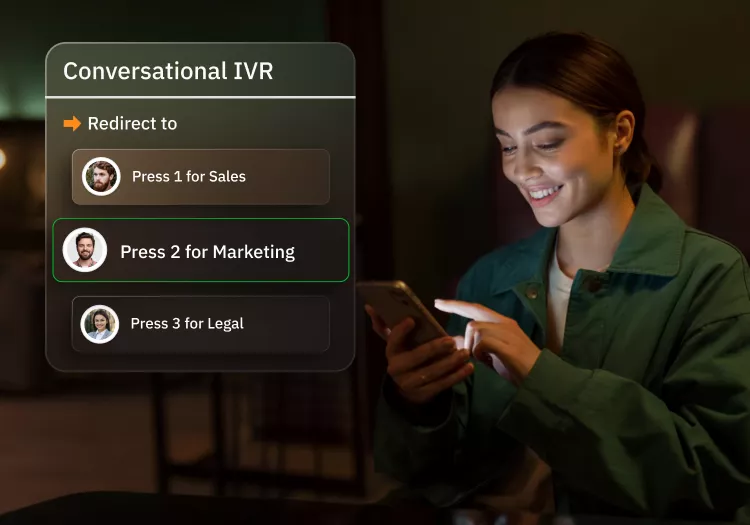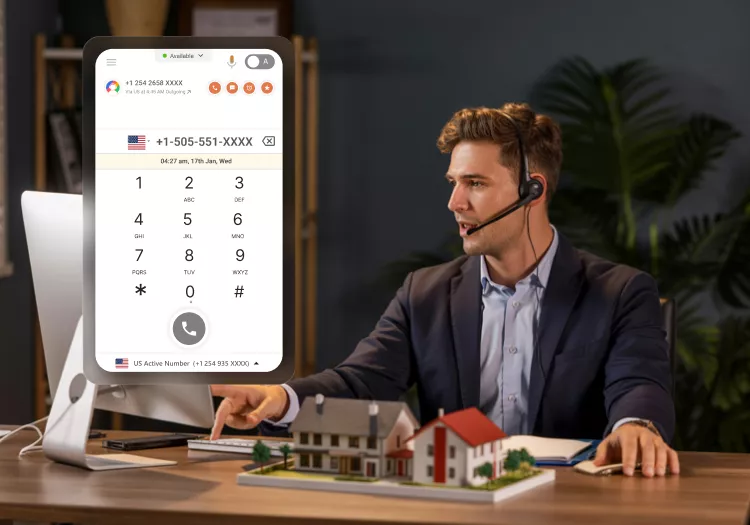Featured Article

Call Recording Compliance: Laws, Consent Requirements, and Best Practices for Businesses
Recording calls sounds easy, but the rules around it may not be that simple. You do need those recordings to help your team get better, but you definitely don't want a legal nightmare. Recording without proper consent or compliance can...
How to Call Saudi Arabia From the US: Step-by-Step Guide
Calling Saudi Arabia from the US sounds simple, but small mistakes can quickly ...
Call Ireland From US: How to Dial +353, Format, Time Zones & Costs
VoIP phone systems have made international calling simple and easy. The fact that ...
What is Multichannel Contact Center? Top 6 Providers
A multichannel contact center is an indispensable part of an evolving business. It ...
- Small Business
- VoIP
- Call Center
- Customer Service
- How to Call
- AI
Set Up Your Phone System In Less
Than 3 Minutes
From buying a number to making the first call, all it takes is 3 minutes to set
up your virtual phone system.
- 1Buy Numbers
- 2Add Users
- 3Start Calling
- 4Track Calls














































